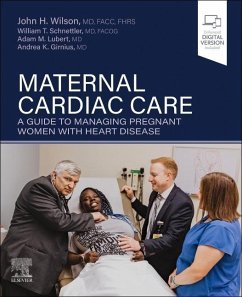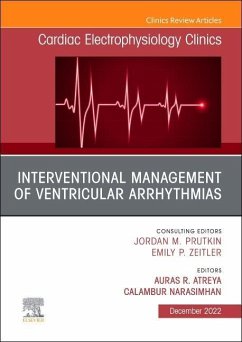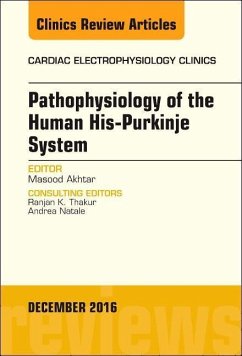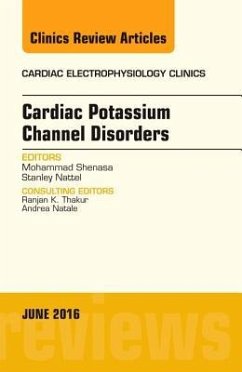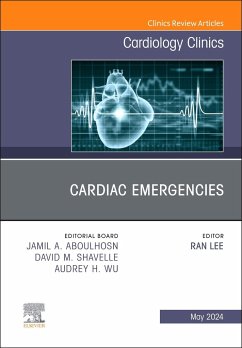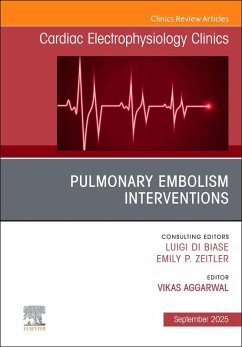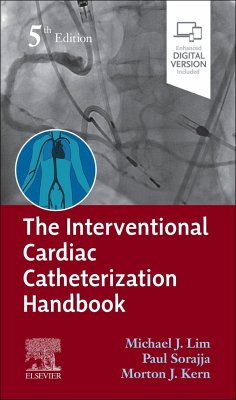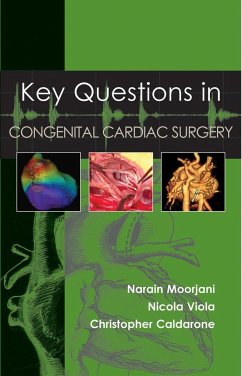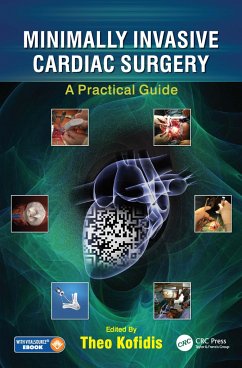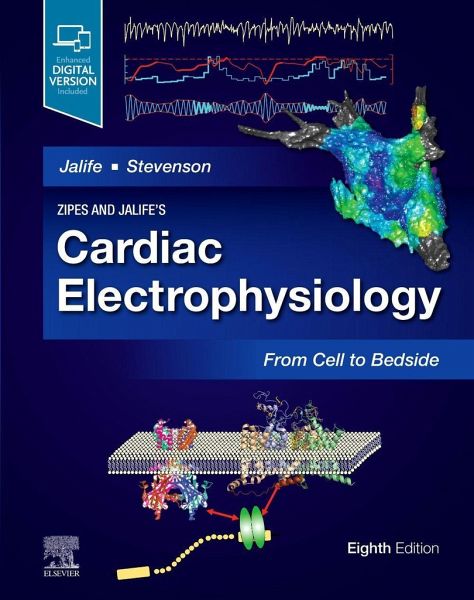
Zipes and Jalife's Cardiac Electrophysiology: From Cell to Bedside
Versandkostenfrei!
Versandfertig in über 4 Wochen
266,99 €
inkl. MwSt.

PAYBACK Punkte
133 °P sammeln!
Fully updated from cover to cover, Zipes and Jalife's Cardiac Electrophysiology: From Cell to Bedside, 8th Edition, provides the comprehensive, multidisciplinary coverage you need-from new knowledge in basic science to the latest clinical advances in the field. Drs. José Jalife and William Gregory Stevenson lead a team of global experts who provide cutting-edge content and step-by-step instructions for all aspects of cardiac electrophysiology. * Packs each chapter with the latest information necessary for optimal basic research as well as patient care. * Covers new technologies such ...
Fully updated from cover to cover, Zipes and Jalife's Cardiac Electrophysiology: From Cell to Bedside, 8th Edition, provides the comprehensive, multidisciplinary coverage you need-from new knowledge in basic science to the latest clinical advances in the field. Drs. José Jalife and William Gregory Stevenson lead a team of global experts who provide cutting-edge content and step-by-step instructions for all aspects of cardiac electrophysiology. * Packs each chapter with the latest information necessary for optimal basic research as well as patient care. * Covers new technologies such as CRISPR, protein research, improved cardiac imaging, optical mapping, and wearable devices. * Contains significant updates in the areas of molecular biology and genetics, iPSCs (induced pluripotent stem cells), embryonic stem cells, precision medicine, antiarrhythmic drug therapy, cardiac mapping with advanced techniques, and ablation technologies including stereotactic radioablation. * Includes 47 new chapters covering both basic science and clinical topics. * Discusses extensive recent progress in the understanding, diagnosis, and management of arrhythmias, including new clinical insights on atrial fibrillation and stroke prevention, new advances in the understanding of ventricular arrythmias in genetic disease, and advances in implantable devises and infection management. * Features 1,600 high-quality photographs, anatomic and radiographic images, electrocardiograms, tables, algorithms, and more., with additional figures, tables, and videos online. * Recipient of a 2018 Highly Commended award from the British Medical Association. * Enhanced eBook version included with purchase. Your enhanced eBook allows you to access all of the text, figures, and references from the book on a variety of devices.



